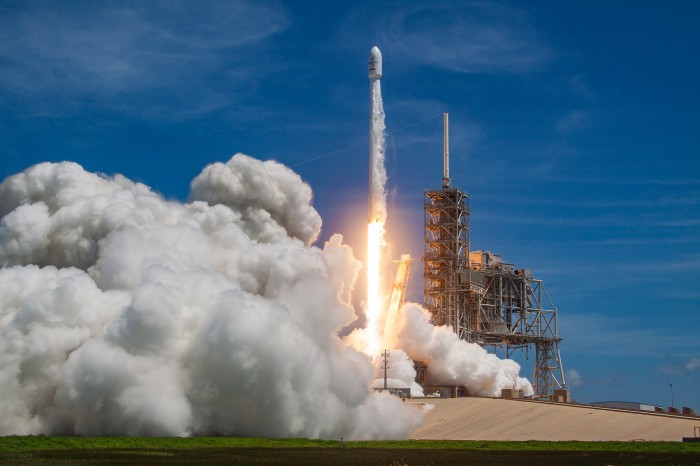
Late Friday, SpaceX launched a satellite into orbit from Florida using one of its refurbished Falcon 9 rockets. Then on Sunday, for good measure, it lofted 10 smaller satellites using a new version of the same rocket, which it launched from California. The feat is a sign that the private space company seems more likely than ever to turn its vision of competitively priced, rapid-turnaround rocket launches into reality.
Ever since it was established, SpaceX has sought to turn commercial spaceflight into a profitable venture. A fundamental part of that vision is its reusable rockets, which were one of our 10 Breakthrough Technologies of 2016. By launching, landing, and refurbishing boosters, it hopes to massively cut the cost of putting satellites into space. But it hopes to crank up the frequency of launches, too, in order to generate as much revenue as possible.
It showed in March that the first of those goals was achievable. But numbers from the weekend’s launch activity show that it’s doing a very good job on the second, too. The successful missions notch the firm’s current launch count for 2017 up to nine—the most it’s ever achieved in a calendar year, and we’re still only six months in. The firm has now managed to land 13 of its rockets after launch, and Friday’s mission was the second time it’s successfully reused a rocket.
Don’t settle for half the story.
Get paywall-free access to technology news for the here and now.